
Get news, updates, & event Info delivered right to your inbox:
In 1993, the UN established March 22nd asWorld Water Day to celebrate water and raise awareness of the 2.2 billion people living without access to safe water. In an effort to tackle the global water crisis and support the 6th UN Sustainable Development Goal(water and sanitation for all by 2030), UN-Water sets yearly themes and educates millions of people around the world about how to reduce their water consumption.
The UN World Water Day 2020 theme is all about the link between water and climate change.The campaign aims to help humanity reduce water waste and, by extension, improving health and saving lives. While most World Water Day events have been cancelled due to the coronavirus, there are still plenty of ways that you can participate from the safety of your home.
Here Are 7 Ways To Save Water At Home

1. Take a 5 minute shower
Taking shorter showers is a great way to preserve water, and it should save you money, too. Not ready to give up your 15 minute morning karaoke session? Consider this: the average showerhead uses 2 1/2 gallons of water every minute. Multiply that by 15 and you’ve wasted about 38 gallons of water before you’ve even stepped out your front door! But your water takes a while to heat up you say? Consider keeping a special bucket in your bathroom and filling it up until the water reaches a comfortable temperature. Use what you’ve collected to water your plants or for cleaning projects.
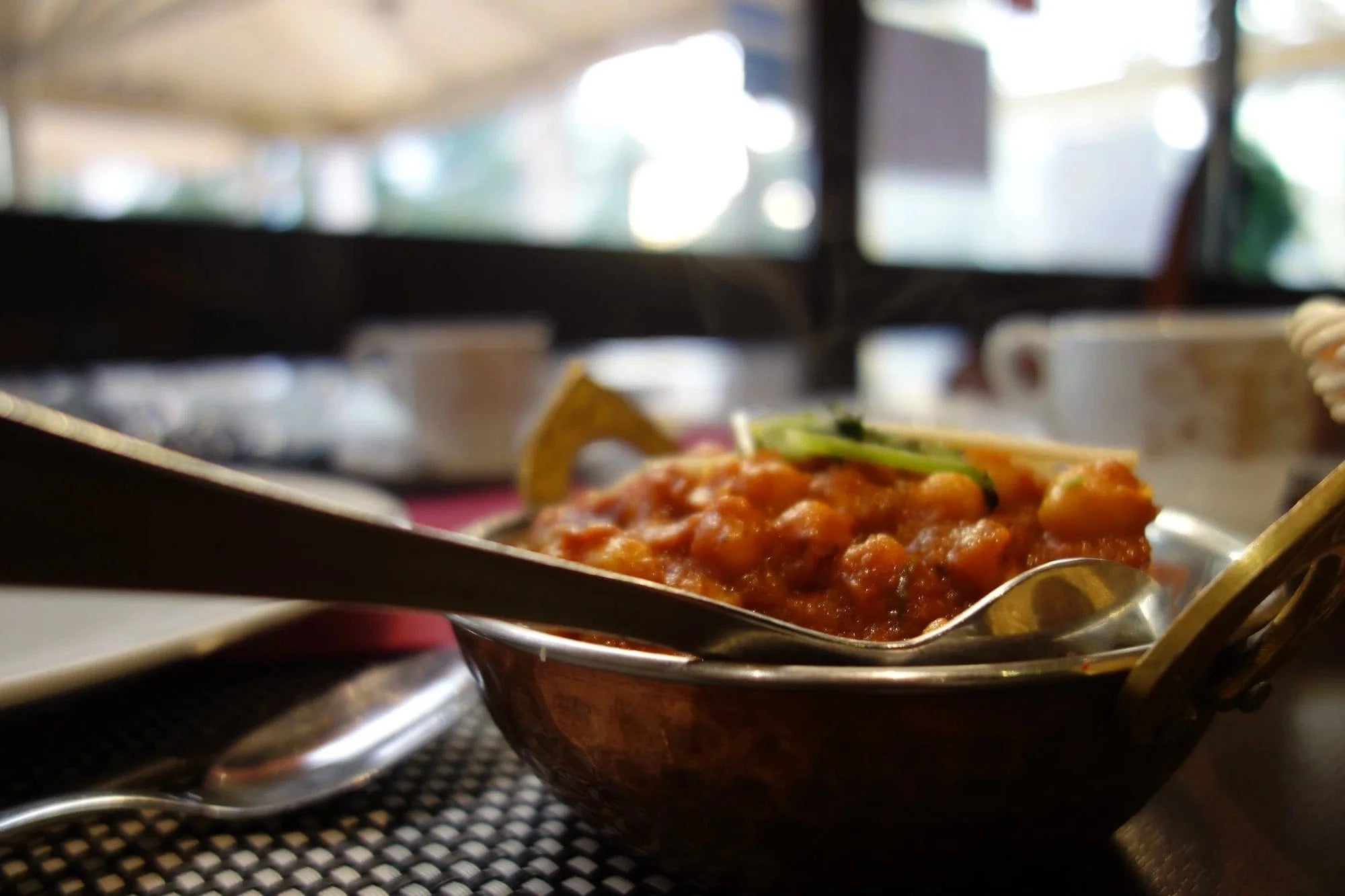
2. Give Meatless Monday A Chance
Terrified of tofu? Fear not: it’s 2020 and the options are endless. Legumes like lentils and chickpeas are delicious, planet-friendly alternatives to meat. Consider swapping out the ground meat for lentils in your tacos or bolognese, or whipping up a big batch of chickpea masala. Do this just 1 day each week and you’ll be saving the approximately 350 gallons of water used to produce the average meat-based meal.

3. Unplug Your Electronics
You already know that the generation of electricity is fossil-fuel intensive, but did you know that a whopping 90% of power generation is also highly water intensive? Thankfully, there’s a simple solution to lower your impact right now: unplug and turn off electronic devices that are not being used. That’s it! The impacts could show up on your next electricity bill: phantom power usage accounts for 1/4 of usage in the average household.
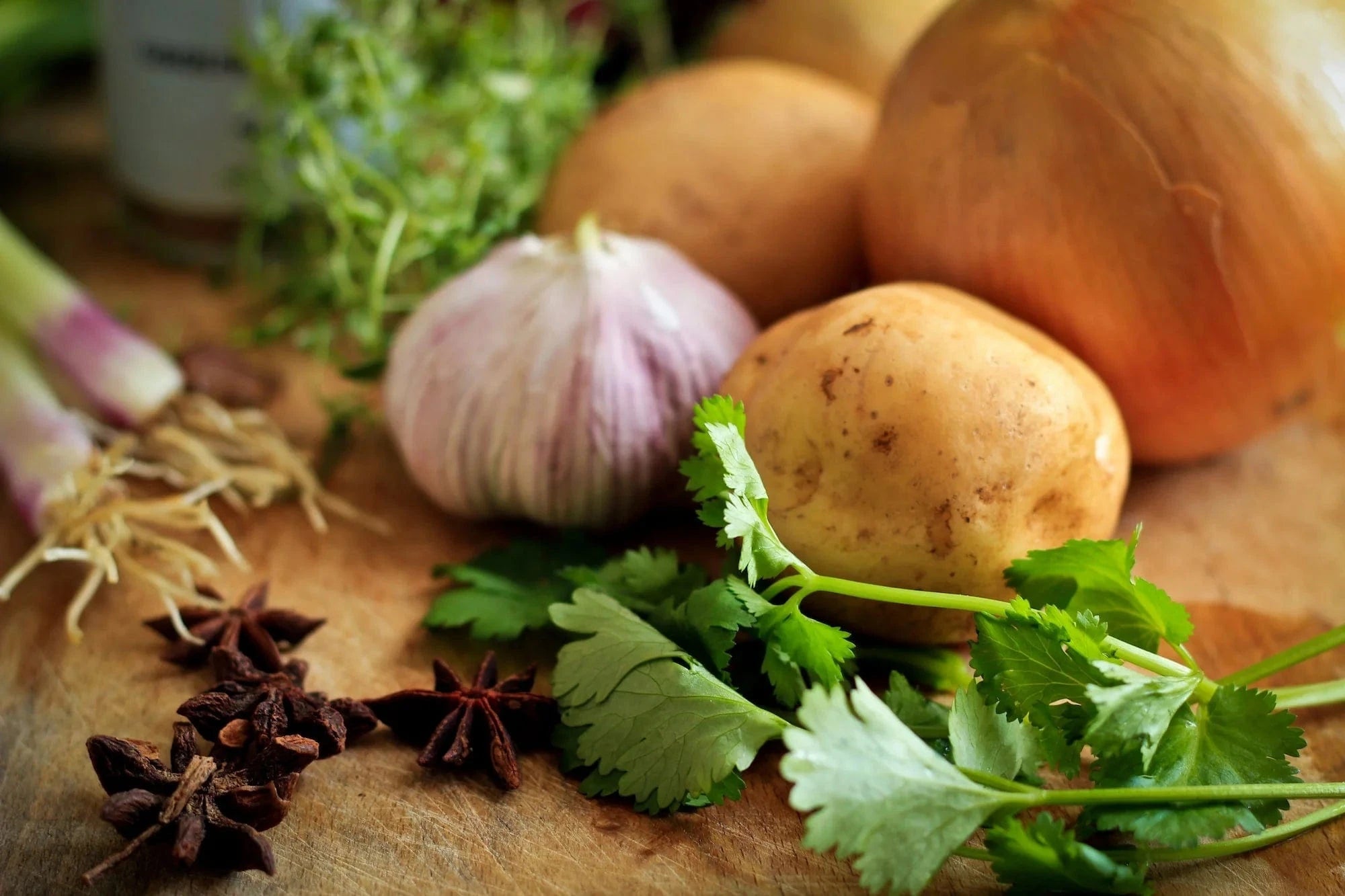
4. Don’t Waste Food
As you might imagine, industrial agriculture requires a LOT of water. But did you know that around 1/3 of all food produced is lost or wasted? The good news is that wasting less food can have a real impact on water waste, too. Consider starting a compost, meal planning, or even growing more food from veggie scraps. You can also check out our blog post on how to reduce waste for more zero-waste living tips.
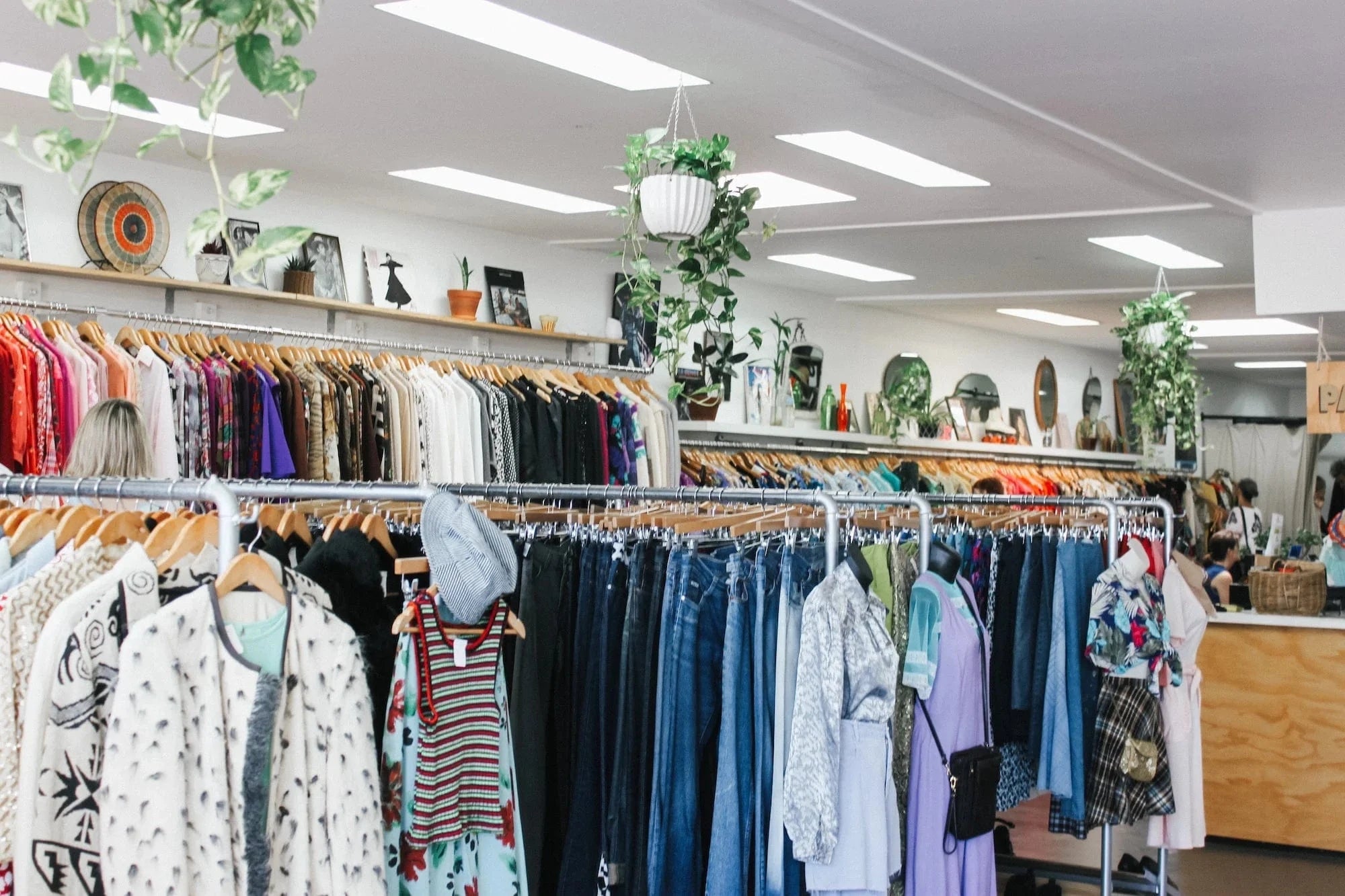
5. Shop Sustainably
1 pair of jeans produced the conventional way eats up approximately 10,000 liters of water. Consider that 1 person would need 10 years to drink that much—and that 5.7 billion people will experience water scarcity by 2050—and you see the problem. So consider doing a hands-off clothing swap, supporting recycled or sustainable brands, or treating yourself to a thrift-store shopping spree once it is safe to do so. You’ll likely find that you end up with unique, high-quality items for a fraction of the price you’d normally pay.
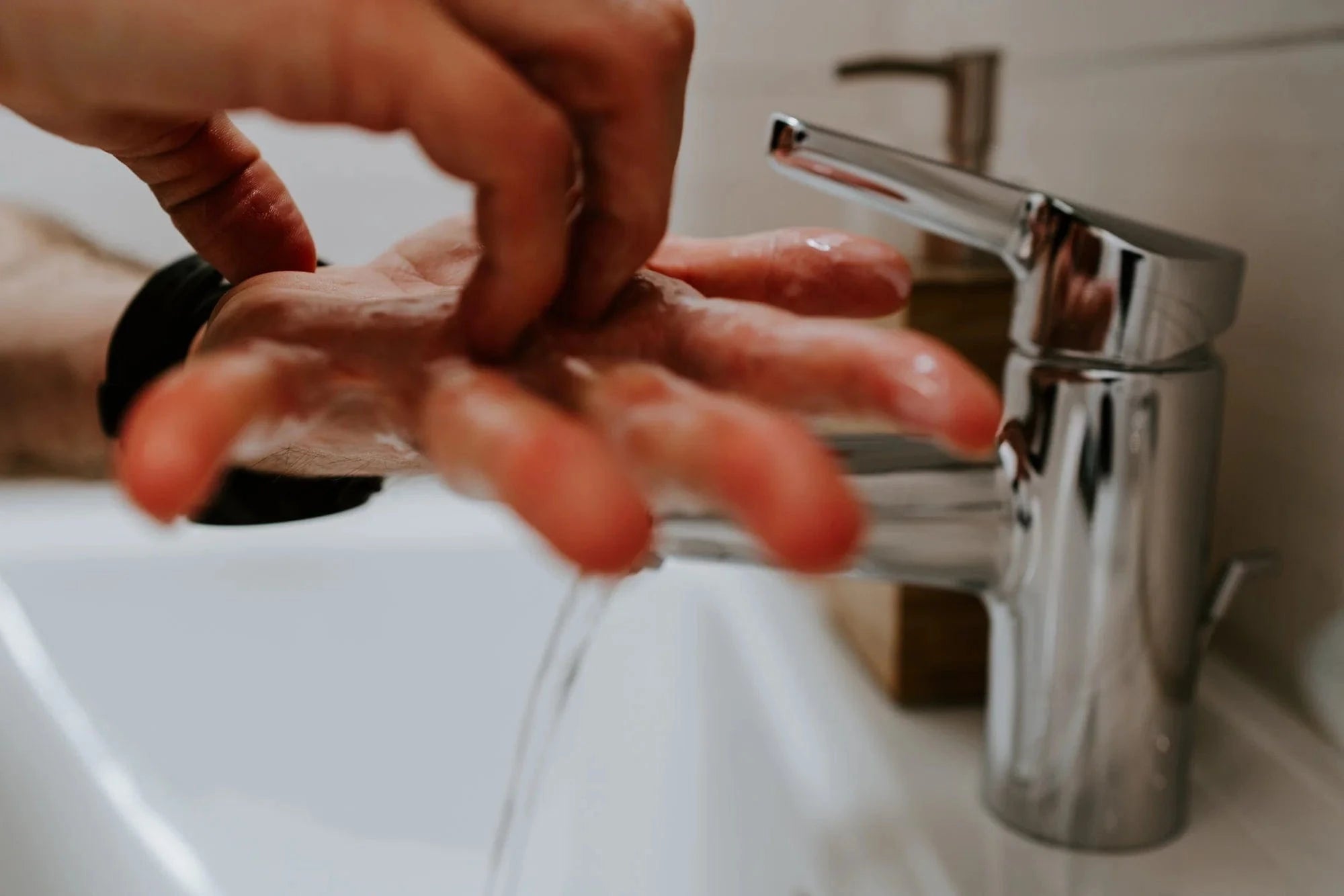
6. Break Bad Habits
While we 100% advocate for washing your hands thoroughly and often, we don’t recommend letting your faucet run while you’re lathering up. So grab the soap, sing a song, and follow CDC guidelines to your hearts content, but switch off the water faucet until you’re ready to rinse! The same goes for washing dishes, brushing your teeth, shaving, or washing your face. Doing this will save hundreds of gallons a month. And if you have to rinse veggies in a colander, consider placing a bowl underneath and reusing the water on your houseplants or for cleaning projects.
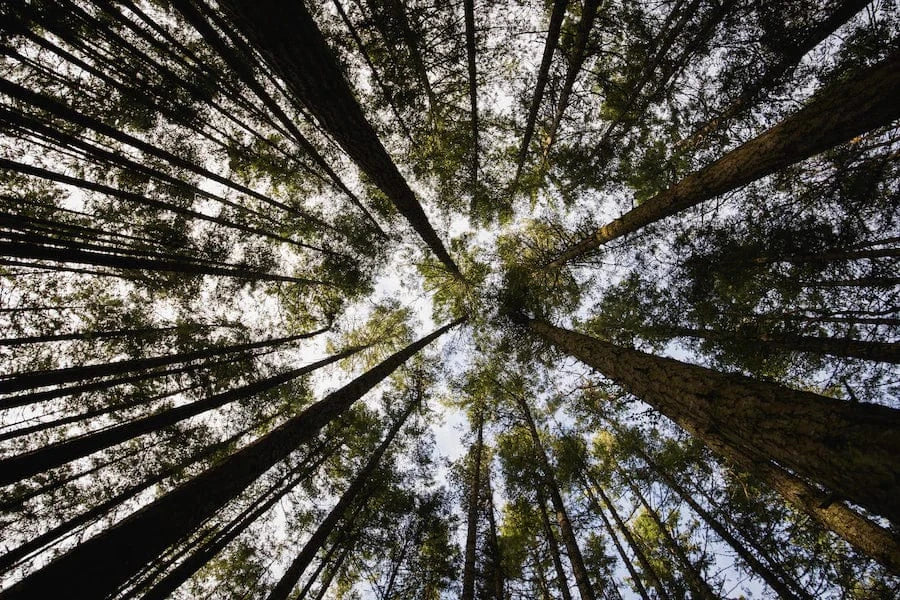
7. Consider Planting Trees With Us!
Trees are vital partners in the face of water scarcity and climate change: they protect against storm surges, absorb flow of water, slow-release water vapor, retain soil moisture, and hold the soil together. What’s not to love?
We hope that these tips will leave you feeling confident in your ability to reduce your water usage.
Curious about how we’re addressing water scarcity and climate change by planting trees in impacted regions? Check out our current tree planting projects!
Get news, updates, & event Info delivered right to your inbox:
Related Posts
9 Sustainable New Years Resolutions
18/12/2025 by Meaghan Weeden
Inspirational Quotes About Trees
16/12/2025 by Meaghan Weeden
The 9 Oldest, Tallest, and Biggest Trees in the World
11/12/2025 by One Tree Planted
Popular On One Tree Planted
Inspirational Quotes About Trees
16/12/2025 by Meaghan Weeden
The 9 Oldest, Tallest, and Biggest Trees in the World
11/12/2025 by One Tree Planted
What Causes Deforestation?
10/07/2025 by Meaghan Weeden
Fundraising Disclosures

Be Part of the
Restoration Movement
The Grove is more than just a monthly giving program: it's a vibrant community of individuals who are dedicated to reforestation and environmental restoration on a global scale.
As a member of The Grove, you affirm your commitment to restoring forests, nurturing biodiversity, and fostering positive global change.



